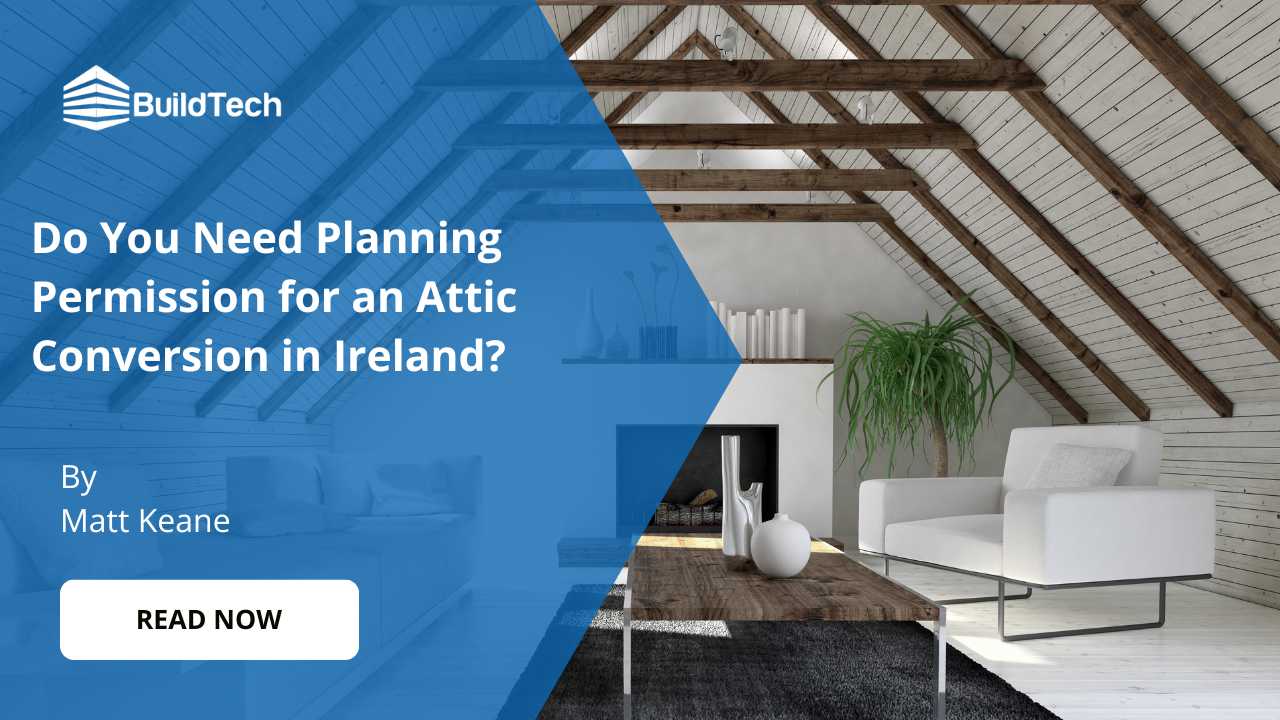Thinking of adding extra space to your home? A timber frame extension could be the perfect solution. In Ireland, more and more homeowners are choosing timber frame builds for their speed, energy efficiency, and stylish design.
Whether you're planning a larger kitchen, a bright sunroom, or a quiet home office, timber frame extensions offer a smart and practical way to increase your living space. Timber frame extensions are known for their fast construction and flexible design options, making them a popular choice across the country.
In this blog, we’ll take a closer look at the many benefits of timber frame extensions and share some helpful tips along the way.
How Much Does a Timber Frame Extension Cost in Ireland?

The cost of a timber frame extension depends on several factors. While labour charges vary, the timber frame product itself starts at €1,500.00. Below are the main things that can affect the total price.
Size and Layout of the Extension
Larger or more complex extensions will naturally cost more. A simple sunroom may cost less than a multi-room build or one that needs careful planning around existing spaces.
Site Preparation and Ground Conditions
If the ground is flat and easy to access, preparation will be quicker and cheaper. Uneven or tight spaces may need more work, which can raise the cost.
Windows, Doors, and Roof Materials
Choosing larger windows, skylights, or higher-end roofing will add to the total. Prices vary depending on materials and style.
Insulation and Interior Finishes
Timber provides basic warmth, but most projects still need extra insulation, plastering, and flooring. Your chosen finish will affect the budget.
Labour, Design, and Planning Support
Labour costs differ across Ireland. Design and planning help may add extra cost but can save time during the build. It's always worth getting clear quotes before any work begins.
Benefits of Timber Frame Extensions

Timber frame extensions come with more than just visual appeal — they offer a long list of practical and long-term advantages. Let’s explore some of the most useful benefits that make this type of build a popular choice for Irish homeowners.
Benefit 1: Cost-Effective Choice
Timber frame extensions usually take less time to build, which can lower labour charges. They also help cut heating bills over time because of their natural insulation, making them a smart option for households watching their energy use.
Benefit 2: Enhances Insulation of Your Property
The structure of timber helps keep warmth inside during colder months and keeps things cooler in summer. This means you don’t have to rely as much on heating or cooling systems, which helps with comfort and running costs.
Benefit 3: Reduced Construction Time
Since many parts are prepared off-site, builders can put them together more quickly once they arrive. This means less time spent building at your home, which is useful if you want to avoid long disruptions.
Benefit 4: Flexible in Design
Timber frame extensions allow you to choose from different styles, layouts, and finishes. Whether you want something that matches your current home or a completely new look, there’s plenty of room to create a space that suits your needs.
Benefit 5: Offers Great Durability and Longevity
With proper treatment and care, timber frames hold up well against weather and general wear. They are built to last, so you can rely on the structure for many years without needing major repairs.
Benefit 6: Eco-Friendly Building Material
Timber is a natural material that comes from renewable sources. Choosing it over heavy concrete or steel can reduce the overall impact of your extension on the environment.
Benefit 7: Increases Your Property’s Value
A well-built timber frame extension can make your home more attractive to buyers. Extra space, modern features, and better energy performance all add to the overall appeal of your property.
Benefit 8: Quick and Easy Repairs
If anything goes wrong, it’s often simpler to fix timber frame structures than other types. Most issues can be sorted without needing to break down walls or redo large areas.
Benefit 9: Healthier Indoor Environment
Timber doesn’t release harmful chemicals like some man-made materials. It also helps keep indoor air fresh and can lower the risk of mould if built with the right ventilation.
Benefit 10: Increased Energy Efficiency Over Time
As the building settles, the insulation can actually improve. This means your home may become more energy-efficient over the years, without needing further upgrades.
Aesthetic and Practical Considerations Tips

A timber frame extension isn’t just about adding space — it’s also about how well it blends in with your home and how comfortable it feels to live in. Below are some useful tips to help you get the best result from both a design and function point of view.
Choosing the Right Exterior Finish for Wooden Extensions
One of the best things about timber frame extensions is how many finish options are available. You can pick from brick, natural wood, stone-style panels, metal cladding, or even a smooth render system. This makes it easier to match the look of your existing home or try something new that still feels right.
Insulation and Energy Efficiency in Wooden House Extensions
Timber frames already help with keeping warmth in and cold out, but you can improve it further. Think about how much sunlight enters the space and make sure airflow is planned well. This can make your new room more comfortable all year round without raising energy bills.
Integrating Wooden Extensions with Existing Brick Houses
While it may seem tricky at first, wooden extensions can work well alongside brick homes. With the right planning and good building work, the new space can fit in naturally. Side return extensions are often used for this, especially when trying to open up a kitchen or living area without making major changes to the whole house.
Final Thoughts!
Timber frame extensions offer a smart way to expand your living space while keeping costs, time, and energy use in check. From quicker build times to better insulation and a range of design choices, they’re a reliable option for homeowners across Ireland. Whether you’re adding a sunroom, kitchen, or extra living area, planning it the right way makes all the difference.
However, if you’re thinking about building a timber frame extension, the team at BuildTech is here to help. Get in touch today for expert advice, support, and a smooth process from start to finish.


















